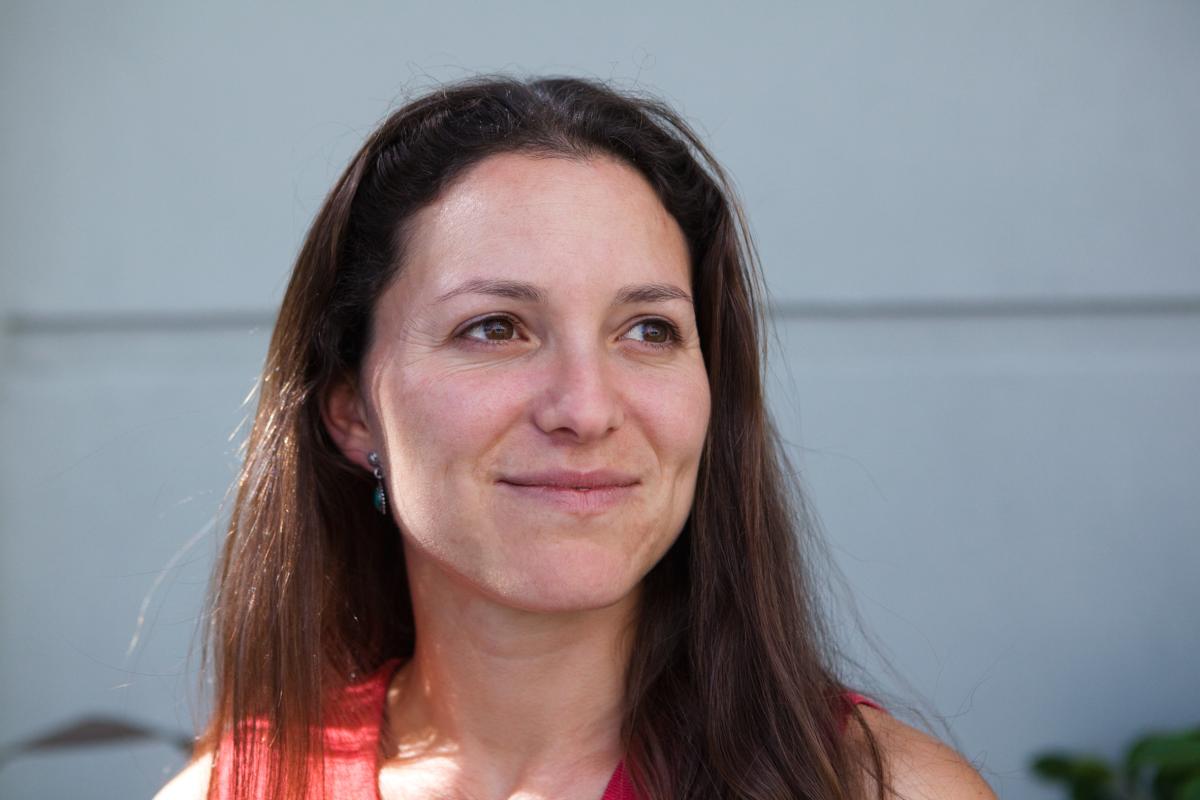Where's the Community Accountability in Impact Investing
Aug 4, 2014 12:15 PM ET

Where's the Community Accountability in Impact Investing
http://www.GreenMoney.com
By Morgan Simon, Pi Investments and Transform Finance
[ from the July 2014 issue of GreenMoney, www.GreenMoney.com ]
The concept of impact investment that has the explicit purpose of supporting economic and community development is receiving a growing amount of attention from an increasingly diverse set of financial players. This emerging trend is one of the most exciting, and potentially problematic, trends I’ve seen over the last decade. As with any new field, impact investing raises consequential questions and issues with the answers and intended results remaining up for grabs.
Let’s consider the following questions to start: 1. How is impact being defined, and by whom? 2. How are strategic opportunities being identified and defined, and by whom? How will impact capital be deployed, with what objectives, and toward what ends? 3. Under what conditions shall profits be made from impact investment? Who should govern the agreements about use and distribution of the profits? I am concerned that in a drive for global scale in impact investment, we will lose the voices that should matter the most—the billions of people who will be affected by social enterprises funded by our investments. I am advocating for the establishment of effective mechanisms to empower “beneficiaries” to be actively involved in the planning, execution, governance, and ownership of enterprises, and in the flows of capital connected with them. I do so from two hats—as Managing Director of Pi Investments, a single family office focusing on 100% impact investments towards a generative and just economy, and as Founder and Chair of Transform Finance, a non-profit organization building a bridge between impact investment and social justice. Current Problematic Trends in Impact Investment There are several dynamics at play in the current impact investment market: Investors and entrepreneurs may profit at the expense of communities. The goal of impact investment for many is to have a social impact while being able to make the same kind of investment returns that conventional markets have provided. If that remains the case, and if the ownership of social enterprises remains limited to the privileged, then it is difficult to imagine that impact investments will ultimately benefit communities, or facilitate any sort of resource transfer from the global north to the global south (or in the US context, from the rich to poor). If ownership structures are not addressed, then by definition, these investments must be extracting value, thus repeating the cycle of exploitation that we have seen under so many different names over the decades. This is particularly apparent in the context of projects that see poor communities singularly as consumers rather than as participants in all aspects of the economy. There is an implicit, yet often unacknowledged, tension in impact investment between how producers are paid, how steeply consumers pay for products, and how much entrepreneurs and investors can make or expect to make over time. Impact gets defined by investors and entrepreneurs instead of beneficiaries. Some of the large financial institutions jumping on the impact bandwagon have made public statements defining impact as simply any investment made in a developing country. The many communities who have suffered from natural resource extraction, displacement and poor labor conditions know this is not the case, but they are not being consulted in the process of defining goals for impact investment projects. Similarly, well-meaning entrepreneurs tend to define community involvement as product research, such as holding marketing-based focus groups, rather than creating infrastructure for long-term engagement and community leadership development. This is largely due to the fact that impact investment has evolved as a “top down” industry—with investors setting the criteria for impact and returns with the consequences filtered down from social entrepreneurs to communities. In this approach there is little room for letting community needs guide the field. Read Morgan's Full Article & Bio here - http://bit.ly/ULMcey
